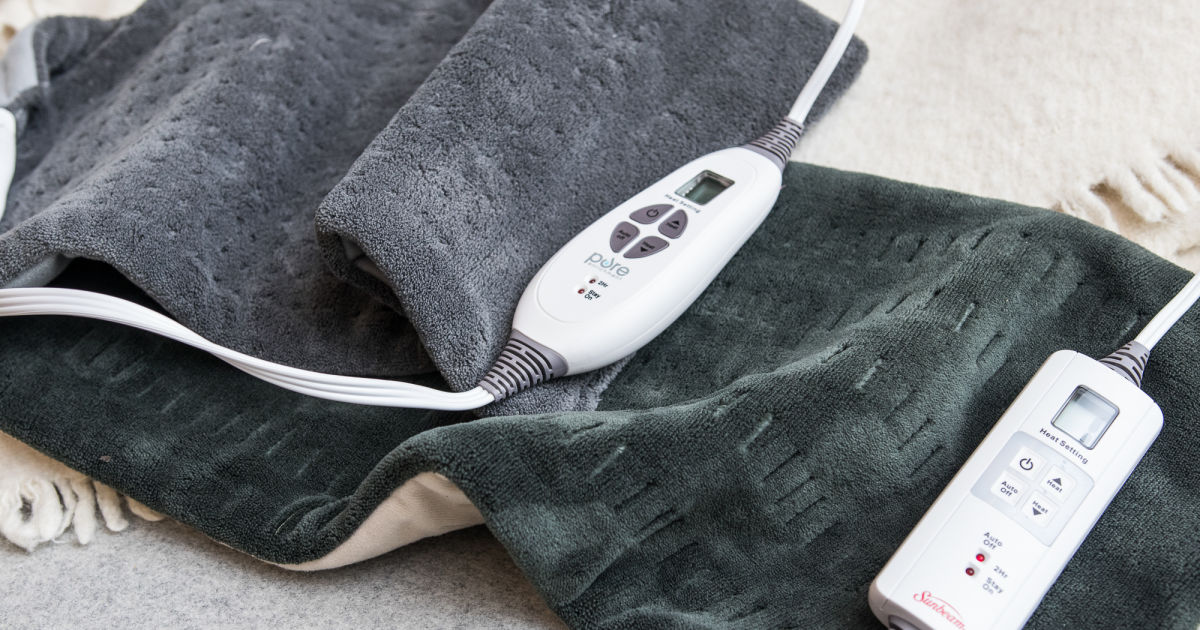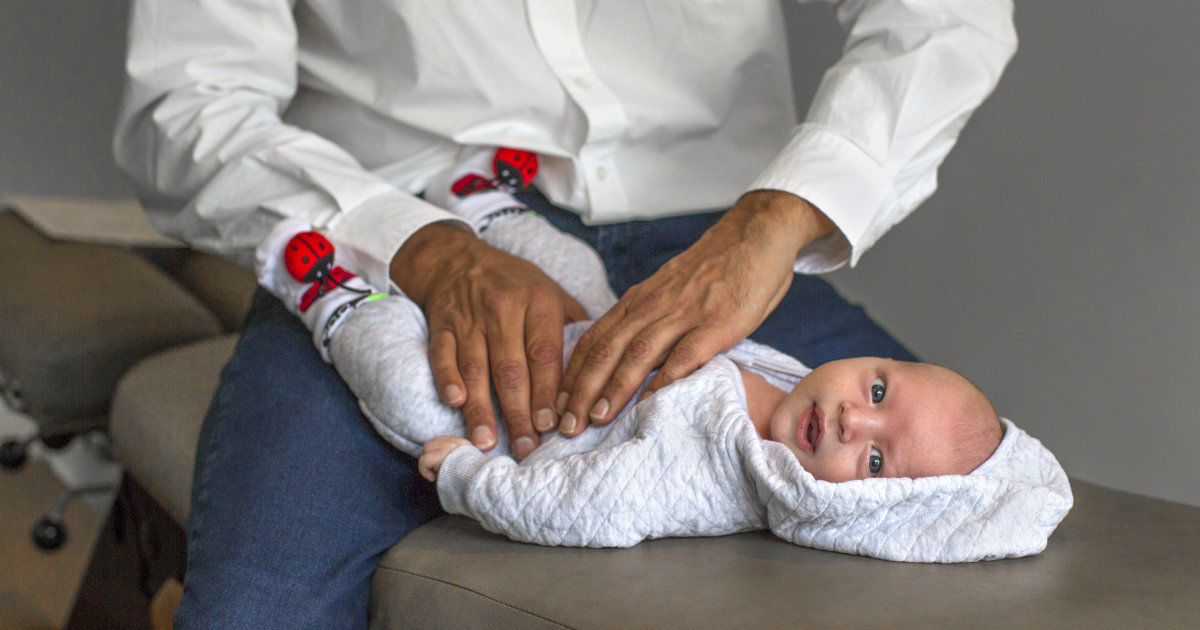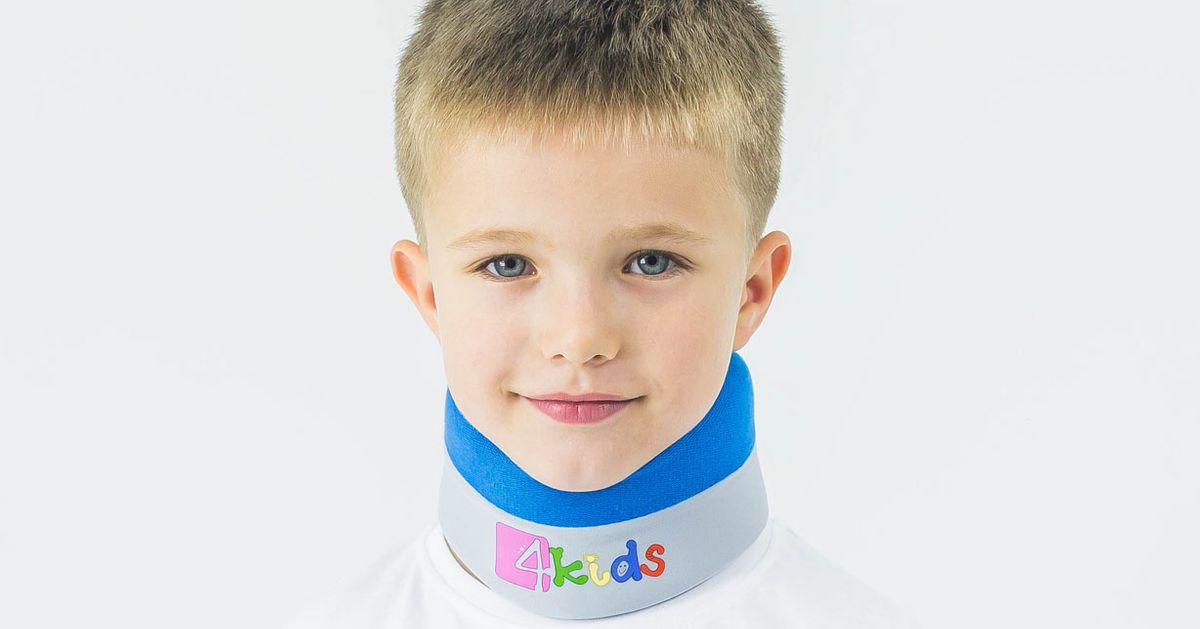Treatment Options For Torticollis
Torticollis, also called wry neck, is a medical condition that causes contraction of the muscles in the neck, and results in the head being twisted to the side or being held in a downward position. The condition typically presents at birth or within the first three months of an infant's life. Signs of torticollis include titling the head in a particular direction, showing a preference for looking at things over the shoulder instead of turning the head, and having one shoulder higher than the other. In infants, some cases of torticollis resolve without treatment. Temporary torticollis, which lasts for less than a week, may occur due to a cold, swollen lymph nodes, or a neck injury that causes swelling. Muscular torticollis is the most common form of the condition, and it occurs due to scarring and tightness in the muscles on one side of the neck. The treatments listed below are often beneficial in treating torticollis. Learn about them now!
Hot Compress

A hot compress can help relieve any pain patients may experience with torticollis. The compresses help relax stiff or tight muscles and promote greater muscle flexibility. Parents should check with their child's pediatrician before using a hot compress on an infant, as they are very susceptible to burns. The pediatrician will be able to recommend safe types of compresses and safe methods for use with infants and children. For older children, teens, and adults, compresses can be safely used between four to six times a day. Generally, it is recommended to apply compresses for no more than thirty minutes at a time. Heated gel packs, heating pads, and adhesive heat patches are some of the available options for hot compresses. Patients should always follow the heating instructions on the package and wait at least one minute after heating the compress before applying it to their skin. If patients have diabetes or trouble sensing temperature, they may need to apply a compress for no more than ten minutes at a time, and should consult their physician before use.
Continue to learn more about how to treat torticollis.
Physical Therapy And Chiropractic Care

Physical therapy and chiropractic care can benefit torticollis patients by stretching and lengthening their tight neck muscles. These therapies typically include active and passive stretching, massage, ultrasound, and acupuncture. Physical therapy is particularly important immediately after a torticollis diagnosis. For infants, parents will be shown a series of stretching exercises to perform on their child and advised as to how often to complete them. Regular follow-ups with the physical therapist are recommended to monitor progress and adapt the stretching exercises as the patient's needs change.
Chiropractic care can involve hands-on manipulation of the neck. This particular treatment is not recommended for children, and it should be used with caution in individuals who are frail or at risk of a stroke, including patients with diabetes, heart disease, and other chronic medical conditions. Both physical therapists and chiropractors recommend parents encourage their children to stretch as much as possible in the home environment. For infants, healthcare professionals recommend placing them on their tummies a lot so they have to turn to look at objects.
Learn more about treating torticollis now.
Massage And Stretching

Apart from the massage and stretching done as part of a physical therapy or chiropractic treatment regimen, patients with torticollis can incorporate other types of massage and stretches into their every day lives to improve function and reduce pain. Having a massage therapy or medical massage session with a licensed massage therapist can help with releasing scar tissue and giving patients greater mobility in the neck muscles. Ideally, torticollis patients should always use a massage therapist who has experience in helping clients with neck issues. Patients can use self-massage techniques whenever they experience neck pain. Stretching the neck muscles is particularly important in the morning after waking, and patients should also do a stretching routine to warm up before beginning exercise. Physical therapists, massage therapists, and chiropractors can advise patients on the most appropriate massage and stretching methods for their individual needs and pain levels. One of the most effective stretches for torticollis patients is to gently turn the head first toward the affected side and then toward the unaffected side.
Get the details on more options for treating torticollis now.
Wear A Neck Brace

Depending on the severity of torticollis, patients may be advised to wear a neck brace. Neck braces reposition the neck in its proper alignment and can be useful in relieving pain. Doctors may recommend that patients wear a neck brace at night or for a few hours during the day. Since neck braces can be constricting, they should generally not be worn every day unless directed to do so by a physician. For mild forms of torticollis, a brace may not be necessary. Physicians and physical therapists can provide guidance on the most appropriate type of neck brace for the patient and how long they should wear it.
Learn about more torticollis treatment options now.
Surgical Intervention

Surgical intervention may be considered as a treatment for patients with torticollis who have not seen an improvement in their condition after conservative treatment methods. A variety of operations are available, and these may involve fusing the abnormal vertebrae in the neck, lengthening neck muscles, or cutting nerves in the neck. These procedures are typically carried out by orthopedic surgeons under general anesthesia. Some patients who have a type of adult torticollis known as cervical dystonia may benefit from deep brain stimulation. Neurologists perform this operation, and the patient is awake for much of the procedure. The surgery can help patients who have tremors as a symptom of their condition. Before undergoing any operation for torticollis, patients will have x-rays, CT scans, or MRI scans to plan the most effective operation possible. They will undergo pre-op checks such as blood tests and electrocardiograms to ensure that they are healthy enough for surgery.
